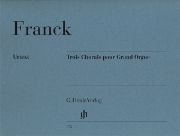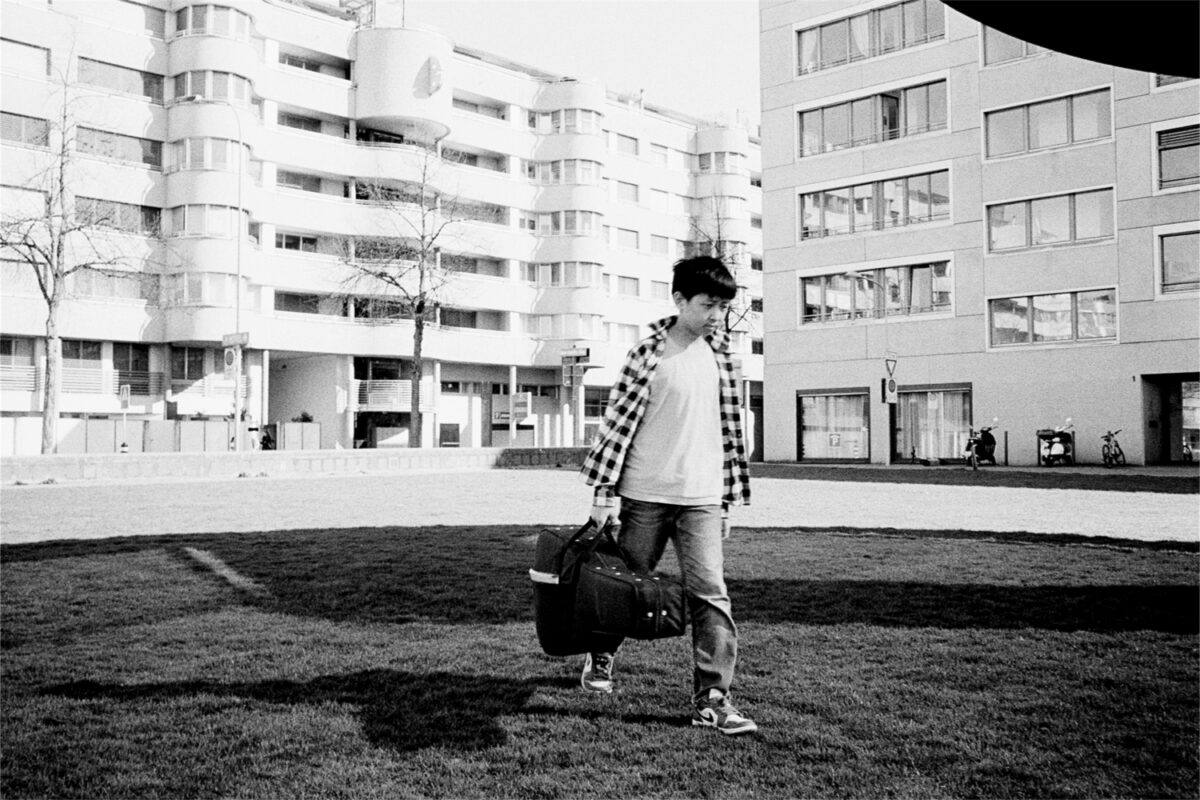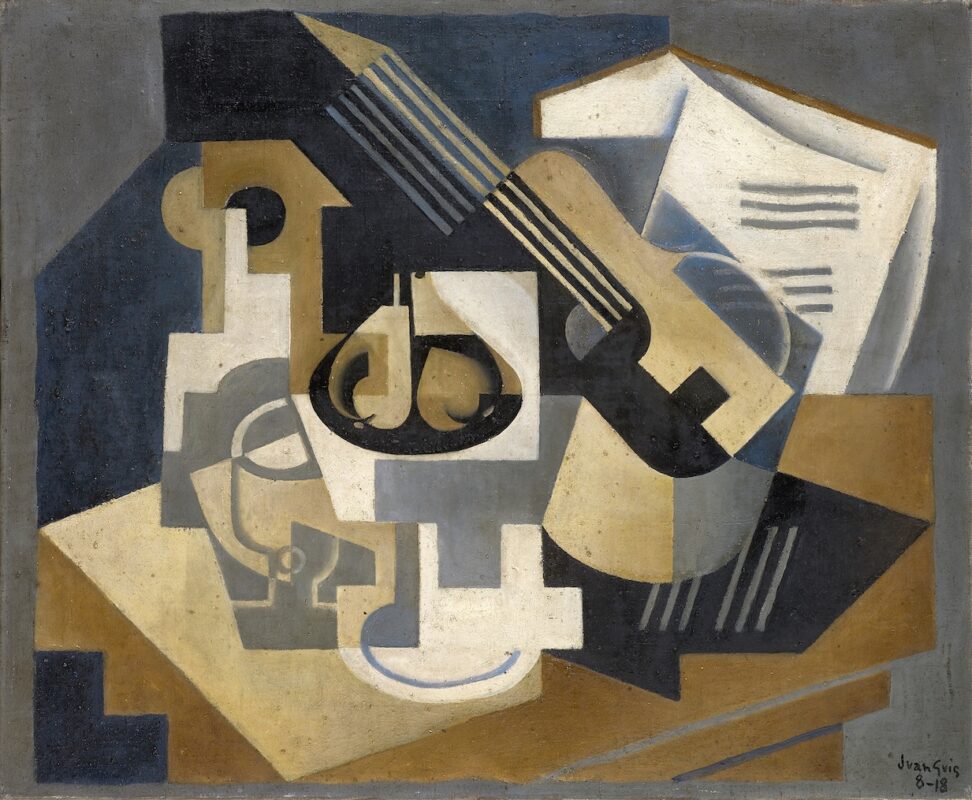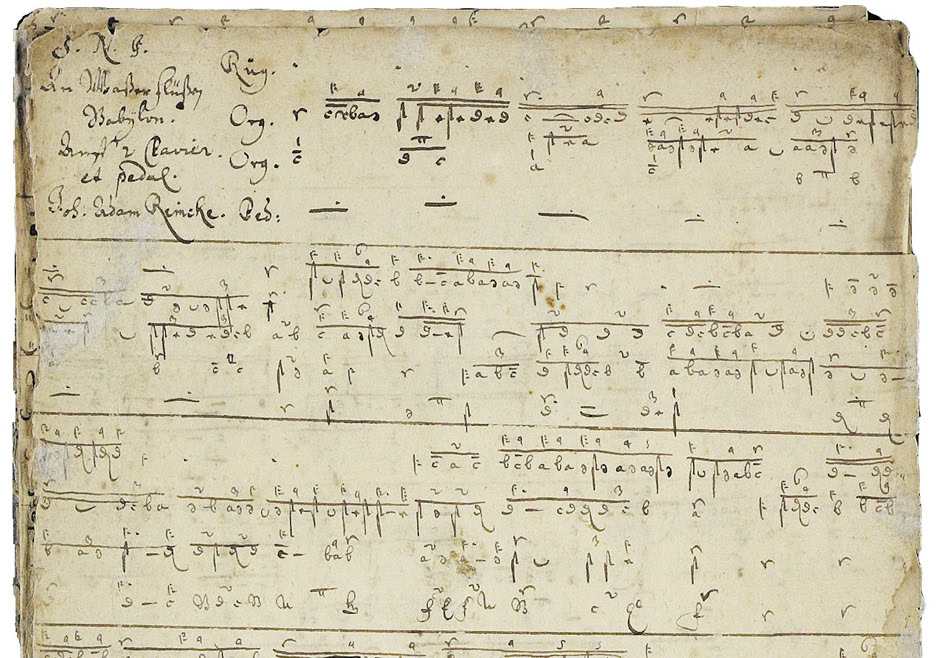Swan song?
The latest research has been incorporated into this edition of César Franck's "Trois Chorals".

"Je vais m'atteler avec courage à l'orchestration de Ghiselle, tout en faisant aussi autre chose" - with these words, César Franck described his activities in 1890, a sign of his unbroken creativity, despite the late effects of a traffic accident, which would ultimately lead to his death. By "autre chose" he probably meant two cycles of works: a series of over 60 harmonium pieces, published under the title L'Organisteand the Trois Chorals. Even if these - like so many "last works" - are often regarded as the swan song of the suffering composer, who once again soars to the highest compositional perfection and into mystical spheres, it seems to have been a composition commissioned by the publisher Durand, which Franck completed relatively quickly. Autograph fair copies indicate that he was also able to prepare the publication. However, as the first edition only appeared around the turn of the year 1891/92 (i.e. more than a year after Franck's death), it was probably no longer possible for him to correct proofs and supervise the publication.
Friedemann Winklhofer's new edition of the Trois Chorals outlines the genesis of the works in a detailed preface and summarizes the essential findings that Joël-Marie Fauquet compiled in his epochal Franck biography (Fayard, Paris 1999), which unfortunately received relatively little attention in this country. Certain details - some registration issues or the names of the dedicatees, grateful material for the rumor mill - will probably not be conclusively clarified on the basis of the available sources.
For the musical text published here, however, the editor appears to have had access to previously inaccessible autographs of the first and third chorales in addition to the first edition. These allow for various minor additions and corrections to the "known" musical text, such as that presented by Günther Kaunzinger in 1991 for the Vienna Urtext edition (with practically identical pagination, incidentally). For example, the opening semiquaver figures in the A minor chorale are "newly" summarized with legato slurs, which perhaps somewhat relativize the occasionally heard "drumfire" articulation. Further details can be checked with the detailed Critical Report, but do not lead to any really groundbreaking new insights. Interpretative notes, such as a statement on the "eternal" problem of the coupling possibilities of the Récit manual, are only mentioned in the preface, but the actual musical text is then kept neutral and also dispenses with the English registration indications of the first edition or interpretative additions by the editor.
Conclusion: a reliable edition that is up to date with the latest Franck research, with clear and elegant music. And another Franck edition from Bärenreiter has already been announced ...
César Franck, Trois Chorals pour Grand Orgue, edited by Friedemann Winklhofer, HN 975, € 26.00, G. Henle Verlag, Munich 2013









